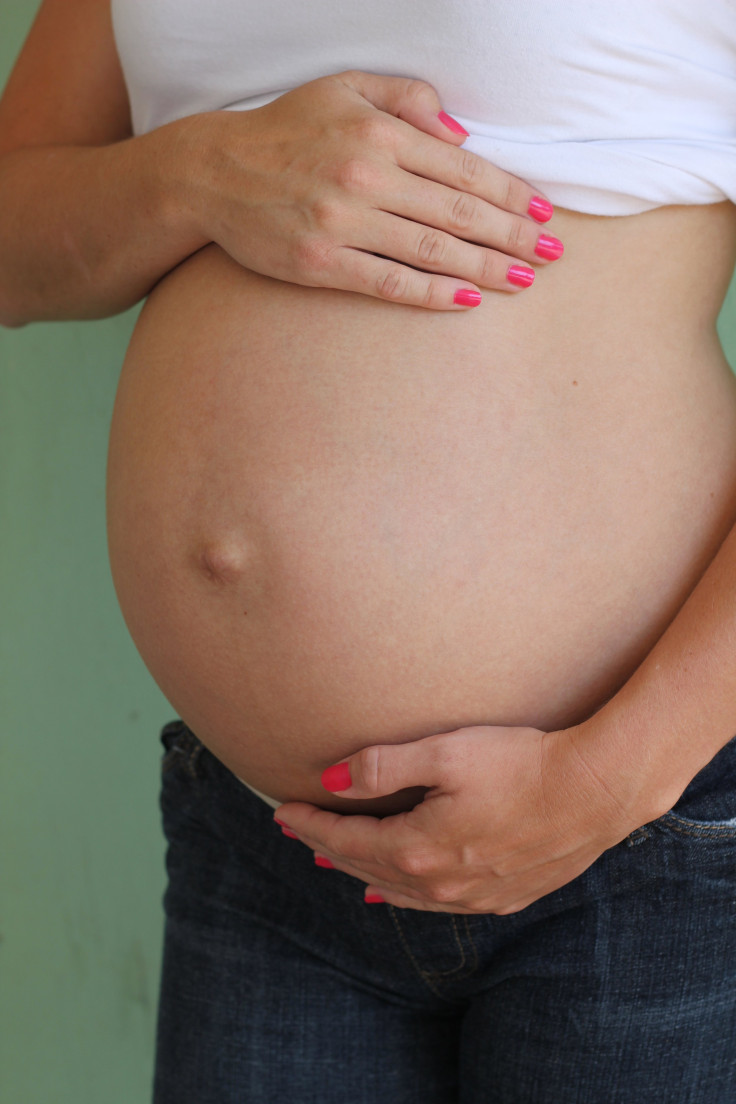
Does a placenta analysis reveal if a child is at risk of autism?
According to a new study from the University of California, Davis, the placenta just may contain information that can predict if a child has a higher genetic risk of autism. Specifically, after analyzing 217 births, the authors of the study found that those with a genetic risk of autism have more abnormal folds and creases in the placenta. These folds are called tophoblast inclusions and become visible after birth.
"It's quite stark," explains Dr. Cheryl K. Walker, an obstetrician-gynecologist at the Mind Institute at the University of California, Davis, and a co-author of the study, to The New York Times. "Placentas from babies at risk for autism, clearly there's something quite different about them."
The researchers conducting the study -- published in the journal Biological Psychiatry -- won't know how many children of those whose placentas were analyzed will have autism. That said, if a correlation can be made, then the folds in the placent could become a marker for determining which babies are at risk of the disorder.
"It would be really exciting to have a real biomarker and especially one that you can get at birth," said Dr. Tara Wenger, a researcher at the Center for Autism Research at Children's Hospital of Philadelphia, who was not involved in the study.
According to Dr. Harvey J. Kliman, a research scientist at the Yale School of Medicine and lead author of the study, the placenta has been overlooked as just "after-birth" and is not studied as much. Should the correlation be found, then the significance of the placenta changes in the medical community.
Dr.Kilman and his colleagues published a study in 2006 involving 13 autistic children which found that their placenta had three times the trophoblastic inclusions. He observed in his study that the more trophoblasts a placenta has, the more severe the abnormality.
The placenta analysis is not one that can be done with the naked eye. A placental sample needs to be examined with a microscope, where the triphoblast inclusions appear as dark blobs, reports the Los Angeles Times.
© 2025 Latin Times. All rights reserved. Do not reproduce without permission.





